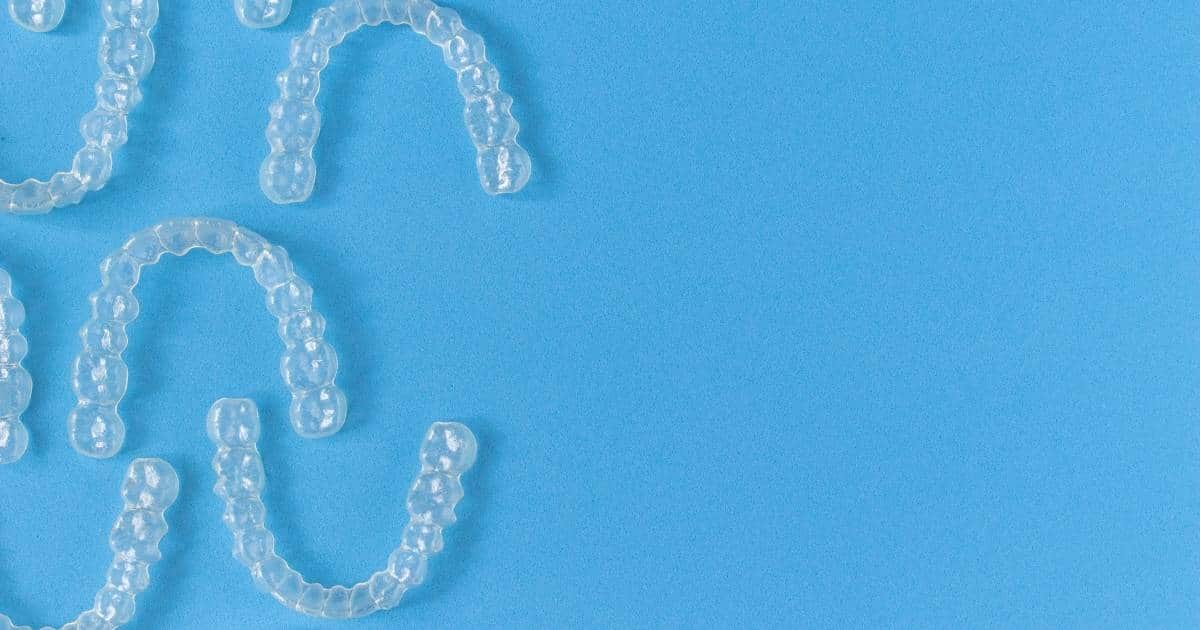Jaw pain can disrupt daily life, often caused by misaligned teeth or bite issues. Many don’t realize that Invisalign, designed for straightening teeth, may also help with jaw discomfort. By gradually improving alignment, clear aligners can relieve pressure on the jaw and promote a more balanced bite. This may reduce tension, ease clenching, and support better jaw function. If misalignment is contributing to pain, Invisalign could be a helpful solution. Let’s explore how it may provide relief.
How Invisalign May Help with Jaw Pain?
Misaligned teeth can put extra stress on the jaw. This can lead to discomfort, clicking sounds, or even headaches. Invisalign works by gently shifting teeth into a better position, which may improve jaw function and reduce tension.
- Encourages Proper Bite Alignment – When teeth don’t fit together correctly, the jaw muscles work harder. This added strain can lead to pain and stiffness. Invisalign adjusts the bite, helping reduce this stress.
- Eases Pressure on the Jaw Joint – The temporomandibular joint (TMJ) connects the jaw to the skull. If it’s not aligned properly, it can cause pain and difficulty moving the jaw. By straightening teeth, Invisalign can create a more balanced bite, reducing strain on this joint.
- May Reduce Jaw Clenching and Grinding – Many people grind or clench their teeth without realizing it, especially at night. This habit, known as bruxism, can worsen jaw pain. Invisalign aligners act as a cushion, preventing direct tooth contact and potentially lowering grinding-related discomfort.
- Helps Distribute Pressure Evenly – A misaligned bite can cause certain teeth to take on more force when chewing. This uneven pressure can lead to jaw pain. Clear aligners South Side helps shift teeth into better alignment so the force is distributed more evenly.
Can Invisalign Help with TMJ Pain?
Temporomandibular joint disorder (TMD) can cause symptoms like jaw pain, headaches, and clicking noises when opening the mouth. While Invisalign is not a direct treatment for TMD, it may help in some cases by improving alignment and reducing stress on the joint.
- Corrects Bite Irregularities – Overbites, underbites, and crossbites can put uneven pressure on the jaw. Invisalign gradually moves teeth into a healthier position, which may ease discomfort.
- Encourages a More Relaxed Jaw Position – If the jaw is constantly adjusting due to misalignment, it can become tense and painful. Clear aligners can help guide it into a more natural position over time.
- May Prevent Further Damage – TMD symptoms can worsen when left untreated. If bite issues are contributing to the pain, Invisalign may help prevent the condition from getting worse.
Is Invisalign Right for Jaw Pain?
While Invisalign can help with certain types of jaw discomfort, it’s not a solution for every case. People with severe TMD or joint damage may need additional treatment, such as physical therapy or a custom nightguard. However, if jaw pain is related to misalignment or bite issues, Invisalign may provide relief.
Consulting a dental professional is the best way to determine if clear aligners can help with jaw pain. By improving alignment, Invisalign may contribute to better jaw function and a more comfortable bite.




